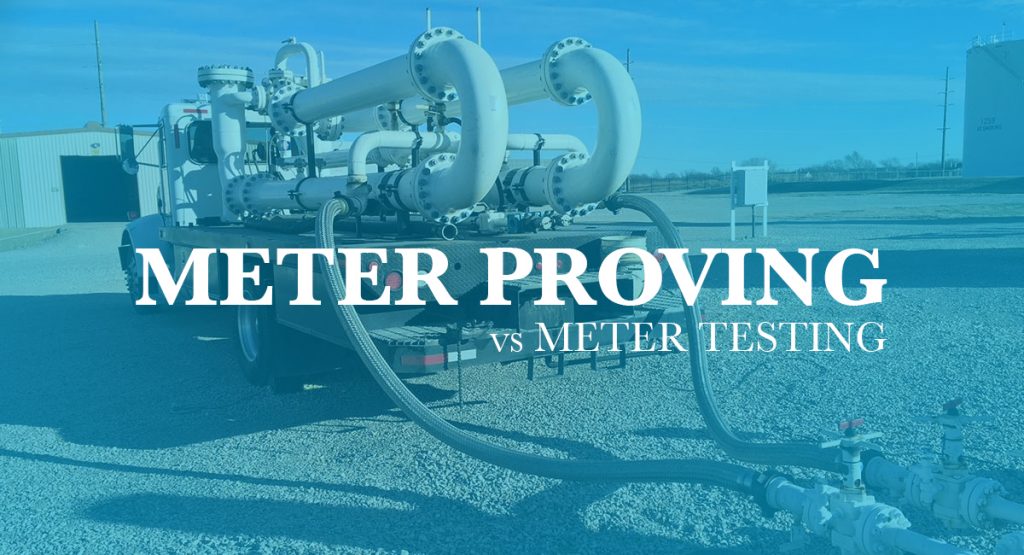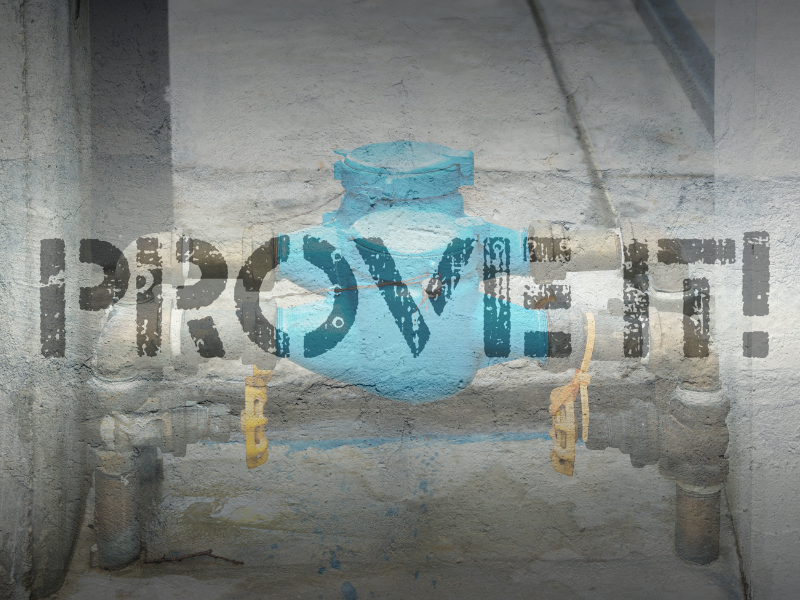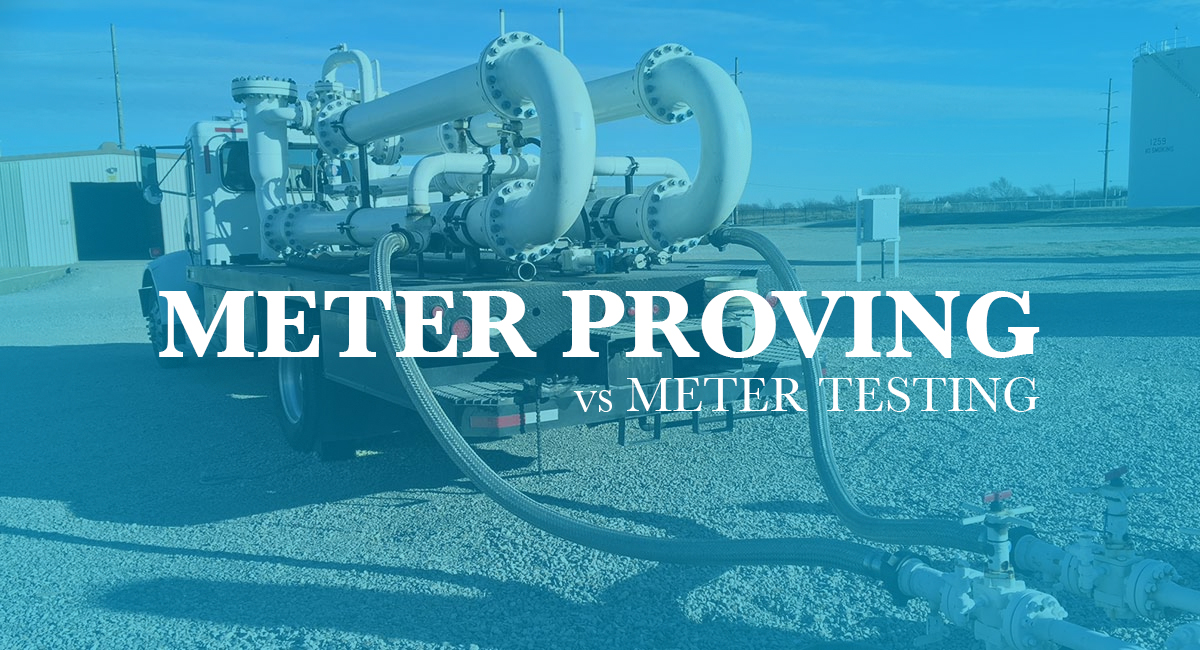Meter proving occurs where a “prover” checks and confirms the precision of a meter irrespective of whether computerized, also known as SMART technology, or analog. The aspects for meter proving also, the envisioned outcome, can vary as per the diverse kinds of meters making use of distinct attributes. As an example, a gas meter prover samples the accuracy and reliability for gas meters. Meter proving essentially depends on the validation or meter factor prover that is the measure utilized for checking the distinction somewhere between the meter’s outcome with a pre-calculated array.
It might seem that meter proving and meter testing are one in the same – well they’re not – here is the distinctions somewhere between both.
Meter proving is a process for identifying a modification issue (i.e. a meter factor) to readjust the measured quantities for errors because of setup and functional impacts. NIST or The National Institute of Standards and technologies, hosts a great deal of important information in their databases that meter proving techs could obtain and evaluate their results from whatever meter they’ve been testing. Proving meters of hydrocarbon is widespread among pipelines. oftentimes provers will coordinate with meter station workers to do a comparison of outcomes.
 Despite the fact that meter testing has been around for over 100 years the equivalent standard is present nowadays as it did all those years ago. This is why testing via this method is sensitive to numerous different variations and insecurities.
Despite the fact that meter testing has been around for over 100 years the equivalent standard is present nowadays as it did all those years ago. This is why testing via this method is sensitive to numerous different variations and insecurities.
Our experienced meter proving professionals pride themselves in providing only the most accurate and reliable readings in the industry. – Dale J of Intricate Group
Gas provers verify gas meters considering that they are definitely the most prevalent. City and public works are unequivocally the the majority of prevalent employers of meter provers. Provers work by moving a known amount of air through a meter while tracking the gas meters register, index, or central displacement. The prover subsequently presents a proof, a valuation shown as a percent which compares the volume of air passed with the volume of air measured to ascertain the meter’s precision.
The bell is fundamentally a vertical inside container with an external protective exterior. There’s two tiers and while the outside layer is regularly loaded with oil, the interior layer is known as the bell. The liquid can behave as the airtight seal for testing. Bell provers are frequently counterweighted to offer positive pressure through a line and valve fastened to a meter. We frequently see casters on the bell that allows soft linear movement with no danger of endangering the strain produced by the bell seal moving.
Bells provide a volume of air which has been predetermined by measurement and regulatory stated temperature pressure levels and the effective diameter of the bell. Bell scales are distinct to each and every bell and are generally attached vertically which includes a needle-like pointer. where proving a meter with a manually controlled bell, an operator ought to initially fill the bell with a controlled air supply or bring up it manually by cracking open a valve and tugging a chained mechanism, seal the bell and meter and inspect the sealed system for leakage, calculate the flow rate needed for the meter, apply a special flow-rate cap on the meter outlet, observe the starting points of equally the bell scale and meter index, release the bell valve to pass air through the meter, monitor the meter index and calculate the time necessary to move the predetermined quantity of air, and then manually calculate the meter’s proof accountancy for bell air and meter temperature and in some cases other external facets.
While we stated before, each meter and gas type has its own way of testing. When testing a natural gas meter you have to first visually inspect numerous things prior to conducting any automation. There are lots of different techniques of testing including gas quality. In conclusion meter testing never compares data to a primary reference device. There’s one exception to the rule nonetheless and that is the orifice meter testing. This system does demand testing against a primary reference.
In the present day we have advanced and include vacuum driven provers which has the means to supply us with really legitimate flow data. Moreover these enhancements eliminated the need for a bell in testing as everything may perhaps be done through the nozzles. When sufficient vacuum is applied to a sonic nozzle it creates a constant flow rate. Bernoulli’s principle is applied to calculate the chosen flow rates chosen by the user or computerized by a computer. Computers and PAC systems automate the process, and many sonic nozzle provers are efficient at displaying not only meter proofs to a user, but are also capable of transmitting proofs as well as Some other important data to database components throughout a computer network.








Follow Us